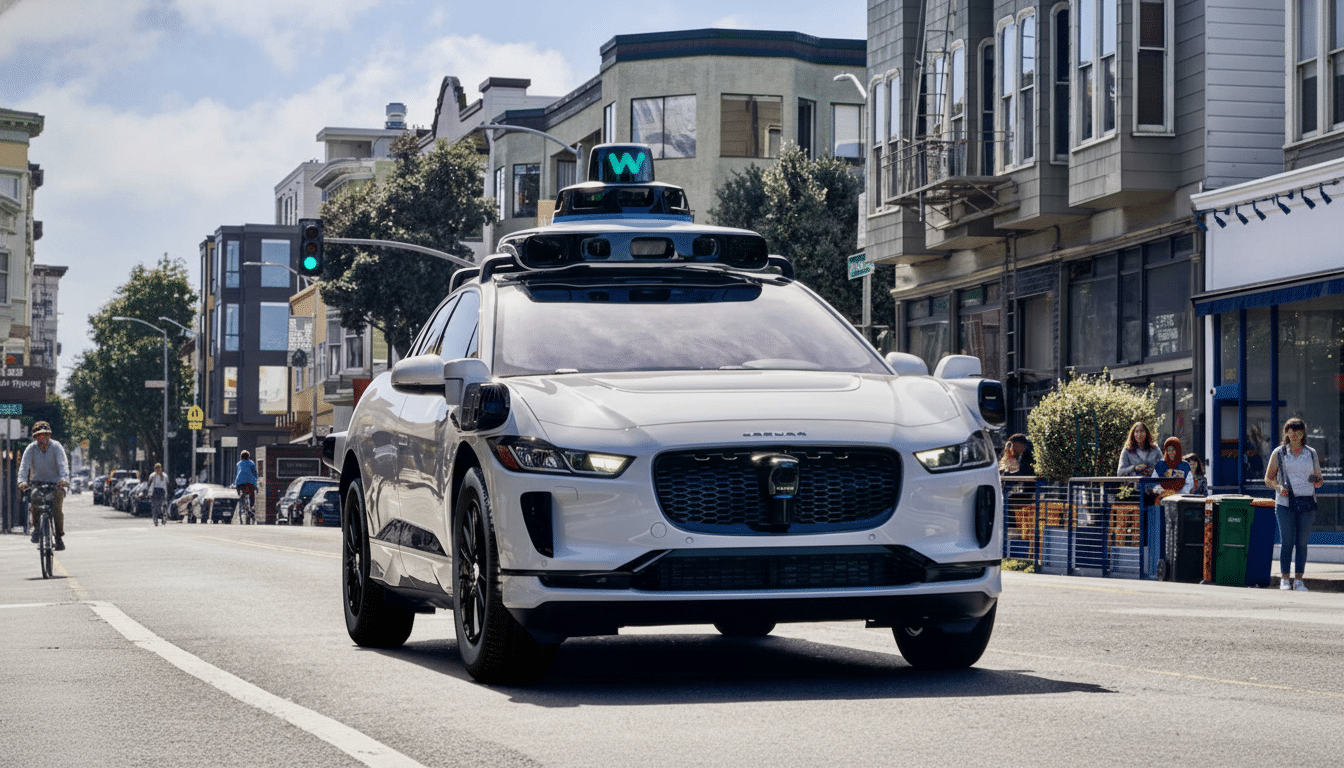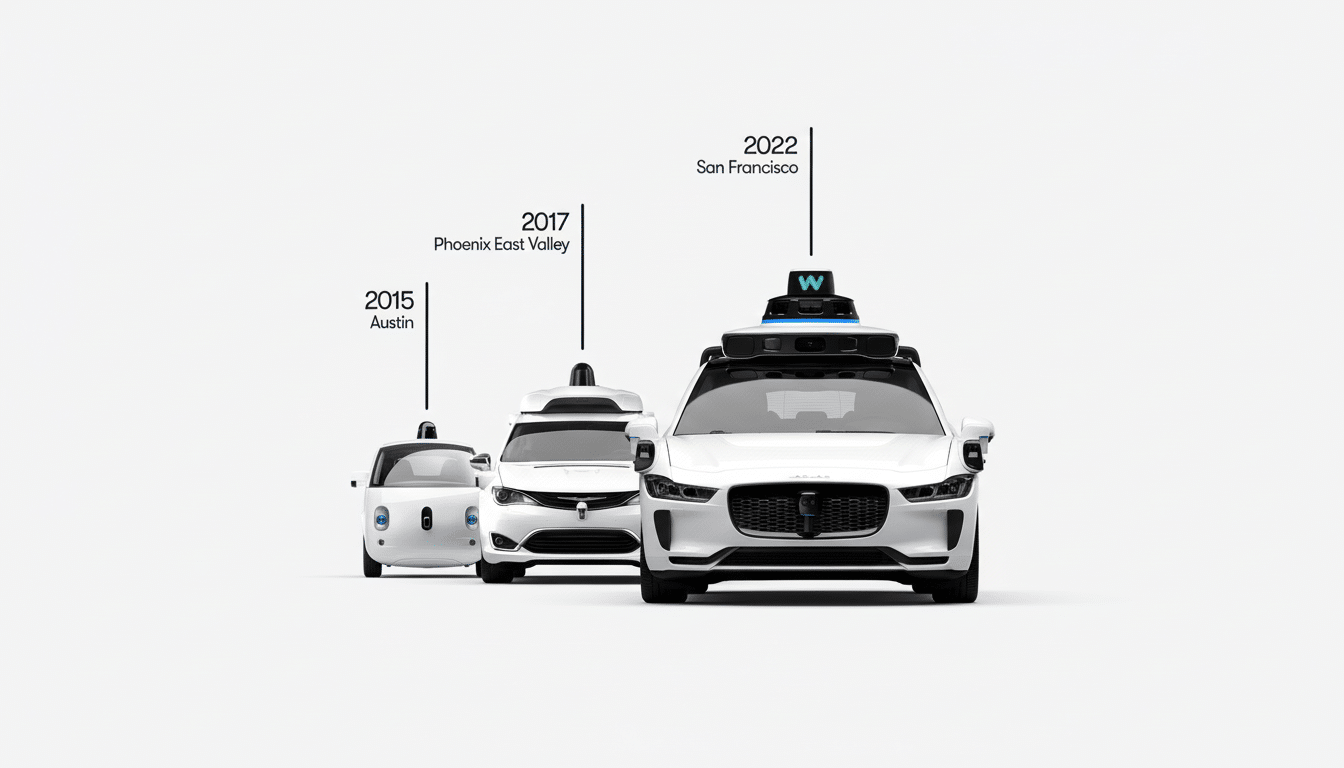Santa Monica officials have ordered Waymo to halt its overnight operations at two robotaxi facilities with immediate effect, escalating a neighborhood dispute that is only tangentially related to driving safety and largely about noise, light and late-night traffic. The city threatened to take legal action if 1222 Broadway and 1310 Broadway remain in operation in the early hours of the night.
At issue is the incessant beeping of reverse alarms, the buzz of high-wattage chargers and floodlights that residents say transform quiet streets into a 24/7 railyard. Complaints first emerged and were highlighted by the Santa Monica Daily Press, and then amplified through local petitions and meetings as Waymo expanded its Los Angeles service footprint.

Why the City Is Fighting Back Against Overnight Noise
City leaders say the overnight operations work like, in their terms, an industrial yard in a mixed-use neighborhood that flies in the face of local noise and nuisance rules, if not literally then certainly spiritually. Although the California DMV and California Public Utilities Commission determine when autonomous vehicles can drive on public roads, cities do have control over land use, noise enforcement and business items on private property.
Santa Monica has among the stricter nighttime residential noise limits in Southern California, and residents say the constant tonal beeping and mechanical whir easily penetrate walls. Neighbors also contend that dispatch and return cycles coincide with times when the nearby elementary campus is in traffic for school pickup, at peak hours clogging small streets.
Complaints From the Neighborhood Over Robotaxi Depots
Residents say the near-constant chorus of alarms has been a factor in disrupted sleep and stress. A few told local reporters that they now “hear” the beeping, even on days when the lots are silent — a documented side effect of long-term noise exposure. The Los Angeles Times has chronicled neighbors who’ve positioned traffic cones to force the vehicles to halt, an act of civil disobedience that points to how frayed things have become.
Outside alarms, neighbors note lines of headlights lighting up as cars top off their batteries, bright floodlighting at the sites and HVAC-like noise from chargers that stretches into the early morning. They claim those were never properly mitigated despite months of complaints.
What Waymo Has Tried to Reduce Overnight Disturbance
After a petition from the community, Waymo said it collaborated with regulators to lower or change backup alarms when its vehicles travel around company lots — not on actual street driving — at low speeds, the company told Spectrum News. The company has said it aims to be a “good neighbor” — a line it previously expressed after addressing complaints about late-night honking at a San Francisco staging area last year.
But those efforts haven’t satisfied Santa Monica officials. It’s worth noting that federal vehicle regulations don’t mandate passenger cars to have the loud tonal backup beepers often heard on construction sites; many fleets add them as an option. Options like thick broadband “white noise” warnings, softer-volume night modes and geofenced periods of quiet time are increasingly common in logistics hubs as a way to reduce exposure while still staying safe.

The Regulatory and Legal Landscape for City Enforcement
California’s framework divides authority: the DMV and CPUC regulate autonomous operations and commercial service, while cities have control over location-specific regulations for depots and charging sites, such as zoning permits and noise enforcement. This means Santa Monica can’t singlehandedly ban robotaxi service on all city streets, but it could try to shut down the conditions under which facilities operate — especially when it comes to overnight operation via nuisance lawsuits or conditional-use enforcement.
If the dispute grows bitter, be prepared for a fight over decibel levels at property lines, standards of light trespass, and whether traffic volume through such facilities fundamentally transfigures the character of the block outside after dark.
Cities typically have stricter noise limits at night than during the day, usually around the level where normal conversation is so loud as to become intrusive indoors.
Why It Matters for Robotaxis and Community Trust
The Los Angeles rollout of Waymo has been cast as a clean, quiet replacement for traditional ride-hailing — all while using an all-electric fleet. But the logistical underbelly — staging, charging and maintenance — can easily destroy goodwill if it is not built specifically with neighborhood preferences in mind. Officials might be skeptical that the poisonous debate in San Francisco applies to them, but after complaints about noise at one lot were solved, fresh local anger flared up when a Waymo vehicle killed a cat — demonstrating how doubtful local support can be.
The lesson for Waymo as well as other autonomous vehicle operators is that community consent will depend just as much on the design of depots as on the performance of driverless vehicles. Practical measures — converting alarms to broadband, shielding and re-aiming lights, adding acoustic barriers, spacing out dispatch windows and moving high-intensity operations away from homes and schools — can defuse conflict far faster than courtroom brawls.
Waymo continues to grow in California; Sacramento and San Diego are up next on its roadmap. With that growth of fleets comes a need for quiet, neighborhood-scale operations. Santa Monica’s ultimatum is a timely reminder: autonomy does not exempt one from the basics of urban coexistence.
Waymo did not immediately respond to the demand with comment, local news outlets, including the Santa Monica Daily Press, the Los Angeles Times and Spectrum News, reported.

